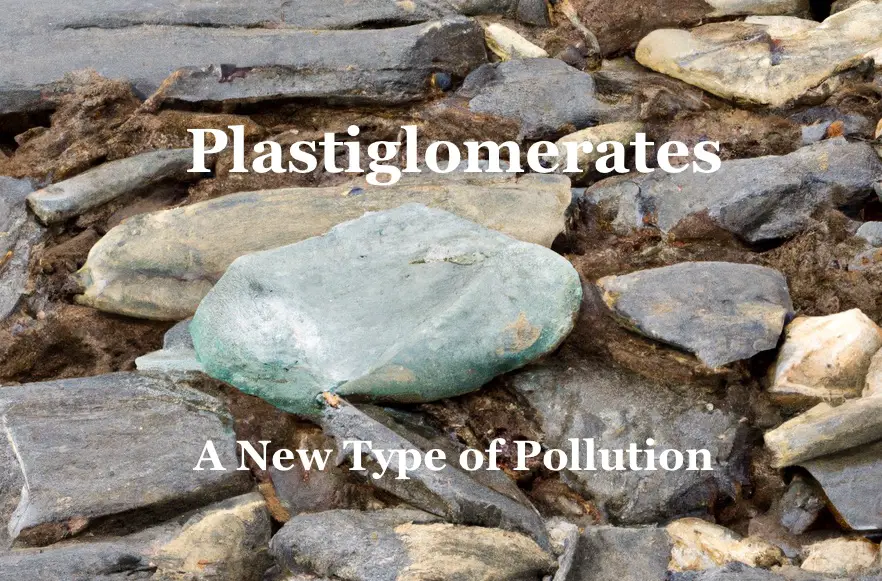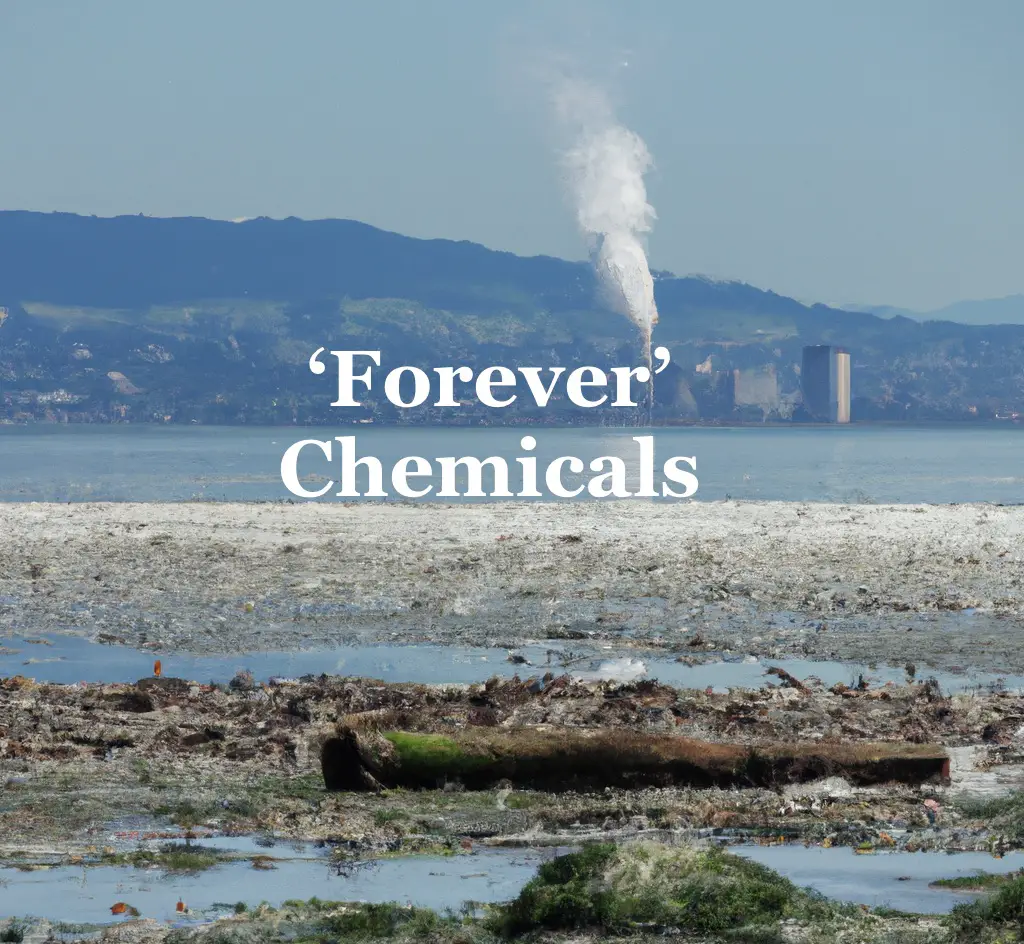Per- and polyfluoroalkyl substances (PFAs) are a group of man-made chemicals that have been used in a wide range of consumer products for decades. PFAs are highly persistent and can accumulate in the environment and in living organisms, including humans. Due to their persistence and widespread use, PFAs are now found globally in the environment and in people, which has led to increasing concern about their potential harmful effects.
PFAs have been linked to a range of adverse health effects in humans. According to the Centers for Disease Control and Prevention (CDC), exposure to PFAs can affect the development of fetuses and infants, as well as the immune system, liver, kidneys, and thyroid. Additionally, PFAs have been associated with increased cholesterol levels, as well as a decreased response to vaccines. Furthermore, some studies suggest that PFAs may be linked to an increased risk of certain cancers, such as testicular and kidney cancer.
PFAs are not only harmful to human health but also to the environment. These chemicals are highly persistent, which means they do not break down easily and can remain in the environment for decades. Once in the environment, PFAs can accumulate in the soil and water, and can even travel long distances through the air. PFAs can also have harmful effects on wildlife, including fish and birds. Studies have found that PFAs can cause reproductive problems in fish, such as decreased egg production.
Due to the harmful effects of PFAs, there has been a growing effort to reduce their use and exposure. Many countries, including the United States and European Union, have established regulations and guidelines to limit the use of certain types of PFAs in consumer products. Additionally, some manufacturers have voluntarily phased out the use of PFAs in their products. However, given the persistence of PFAs, it may take several decades for these chemicals to be fully eliminated from the environment. To minimize the risks associated with PFAs, there is a need for continued efforts to eliminate their use and exposure.
Sources:
- Centers for Disease Control and Prevention (CDC). Per- and Polyfluoroalkyl Substances (PFAS) and Your Health. https://www.cdc.gov/pfas/index.html
- United States Environmental Protection Agency (EPA). Basic Information on PFAS. https://www.epa.gov/pfas/basic-information-pfas
- European Chemicals Agency (ECHA). Perfluorooctanoic Acid (PFOA). https://echa.europa.eu/substance-information/-/substanceinfo/100.003.414
- Giesy, J.P., & Kannan, K. (2001). Global Distribution of Perfluorooctane Sulfonate in Wildlife. Environmental Science & Technology, 35(7), 1339-1342. https://doi.org/10.1021/es001834j
- National Institute of Environmental Health Sciences (NIEHS). Per- and Polyfluoroalkyl Substances (PFAS). https://www.niehs.nih.gov/health/topics/agents/pfas/index.cfm
DIFER.ORG supports efforts to eliminate the use of PFAs




